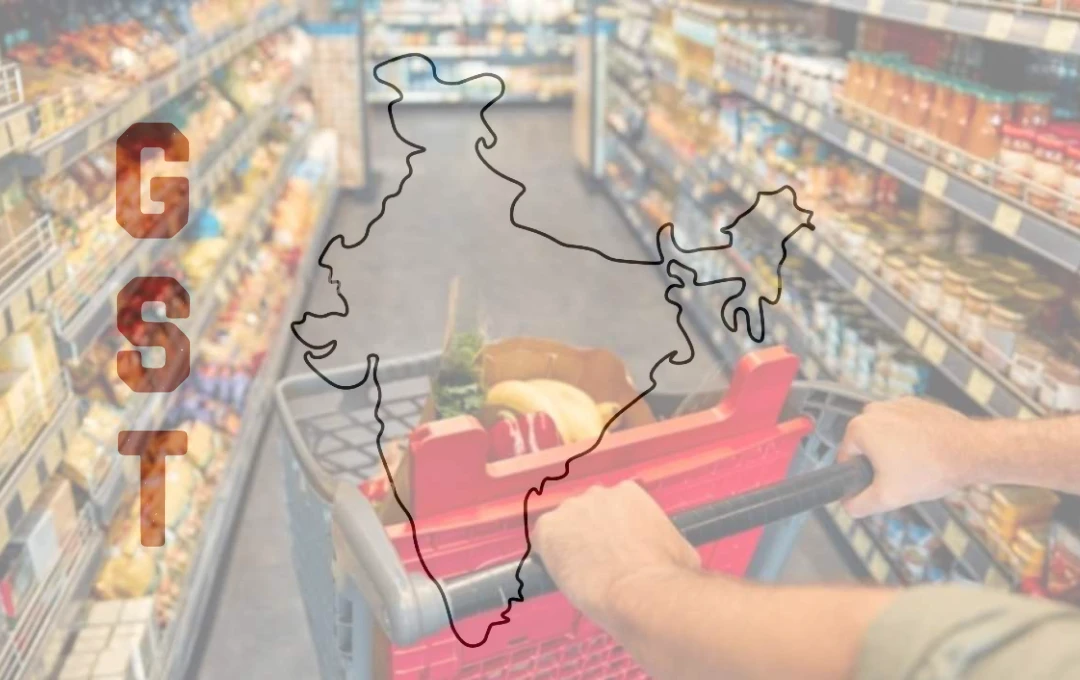Next-Gen GST Overhaul: Staple Foods Tax-Free, Processed at 5%
GST Council reduces tax slabs, makes staple foods tax-free & cuts processed foods to 5%. Relief for consumers, MSMEs, farmers & food industry growth.

Next-Gen GST Overhaul: Staple Foods Tax-Free, Processed Foods at 5% - Big Relief for Consumers and Small Businesses
In a historic move, the GST Council, during its 56th meeting on 3rd September 2025, approved a major GST overhaul aimed at simplifying India's tax structure and providing relief to the common man, small businesses, and the food industry. The new GST rates will come into effect from 22nd September 2025.
Key GST Reforms
-
Reduction of GST slabs from four (5%, 12%, 18%, 28%) to just two main rates (5% & 18%), plus a special 40% rate for sin and luxury goods.
-
Staple foods like UHT milk made completely tax-free.
-
Processed foods including pasta, biscuits, chocolates, jams, namkeens, juices, ice cream, and more shifted to a uniform 5% GST rate.
Benefits of the New GST Structure
-
Simplified Tax System - Easier compliance, fewer disputes, and better planning for businesses.
-
Lower Food Prices - Affordable staples and reduced processed food prices for consumers.
-
Boost to Demand & Investment - FMCG and food businesses expected to grow with higher sales.
-
Relief for MSMEs - Correcting inverted duty structures eases liquidity and reduces working capital stress.
-
Employment Growth - More demand and investment expected to create jobs across manufacturing and retail.
-
Farmer & Processor Benefits - Higher consumption and value addition to increase farmer incomes and reduce post-harvest losses.
List of Major Food Products with GST Cut
-
Tax-Free (Nil): UHT milk
-
12% - 5%: Almonds, Pasta, Jams, Fruit Juices, Namkeens
-
18% - 5%: Chocolates, Cocoa, Ice Cream, Soups, Plant-based milk
-
12%/18% - 5%: Biscuits, Pastries, Malt, Confectionery, Savoury Snacks
Impact on Economy
This GST rationalization is expected to kickstart a virtuous cycle of higher consumption, better compliance, increased investment, and job creation. For the processed food industry, the move is a game changer, promising affordability for consumers and profitability for businesses.




